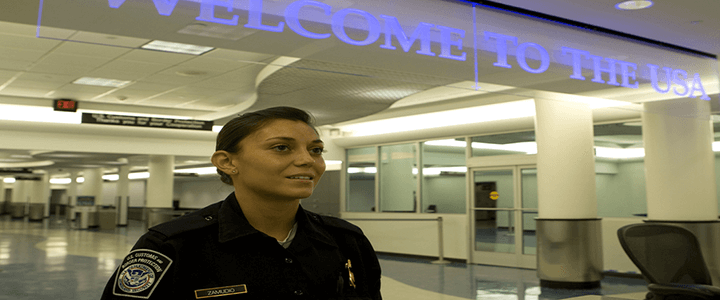Mobile technology is used to connect and share data within families and across organizations. Access to data is even more critical in response to a tragic event or law enforcement incident. How can technology help law enforcement responders when they need to react quickly?
“By its very nature, law enforcement, first responders, is a very reactive event. Something has to occur and then there’s the response to it,” said Larry Rose, Senior Vice President of Commercial Contracts and Procurement at Salient CRGT. “And the confusion is, they’re trying to make sense of a very active environment. Technology has to be used to try to be as proactive as we can.”
The work done by police, first responders, and corrections officers is by its nature highly intensive, stressful, and often involves a reactive response.
“There’s a sense of confusion, even when things are calm and fine,” said Rose, speaking of his time walking alongside corrections officers on a prison campus. Radio is the typical and traditional way for officers to communicate, but it has limitations. “We’re using technology to help speed communication.”
Salient CRGT Voyager Atlas is an application designed to help a networked community, such as corrections officers, police officers or first responders, see one another in real time, as well as communicate back with a command center.
“It’s situational awareness at two levels,” explained Rose. “It’s situational awareness at the command center, so at any given time we know where the individual is and where they are going. And the real cool thing, the application provides situational awareness to the individual. I see where I’m located, and the command center sees where I’m located, but it also shows me where the other officers are located. If you click on another individual or device, it can automatically show you how to get there. It’s a full blown personal and command center technical solution. It speeds up the process and allows individual proximity.”
The technology is as simple as an application loaded onto a smartphone. A command center controls the data analytics, and also issues permissions to individual users. Another technological component is geofencing – a geographic barrier that can be created around a building or campus. The command center can then monitor movement across that campus environment, Rose notes.
“It’s the concept of taking a reactionary event, and trying to push technology to figure out how we can see it and forecast it,” said Rose. “We’re never going to be able to prevent everything from happening. But the speed at which we can get control over the confusion is paramount to limiting the amount of damage that occurs, and trying to control the environment as quickly as we possibly can. I think that’s where technology really plays a huge part.”




